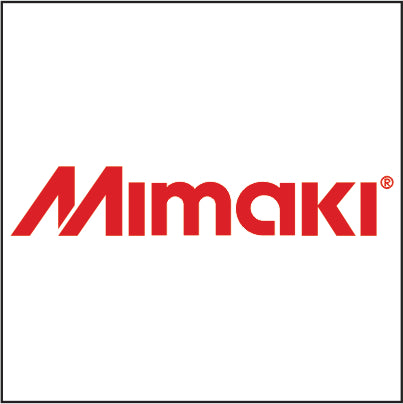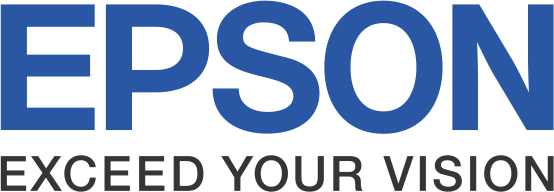
What is the Drying Time for Eco Solvent Inks?
Eco-solvent inks are renowned for their durability, versatility, and eco-friendly nature. Whether you’re a seasoned printing professional or exploring these inks for the first time, understanding drying times is crucial for achieving optimal results. So, what is the drying time for Eco Solvent inks? Let’s explore this topic in depth to help you make informed decisions for your printing projects.
Why Drying Time Matters in Printing
The drying time of ink can significantly impact the quality and efficiency of your printing process. When inks dry too slowly, smudging or delays in production may occur. Conversely, inks that dry too quickly might limit the substrate compatibility or affect vibrancy. For Eco Solvent inks, their unique composition and application methods ensure a balanced drying time that caters to various printing needs.
What is the Drying Time for Eco Solvent Inks?
The drying time for Eco Solvent inks typically ranges between 5 to 30 minutes, depending on several factors:
-
Type of substrate: Vinyl, banners, and adhesive films tend to absorb ink at different rates.
-
Printing conditions: Humidity, temperature, and airflow can all influence drying times.
-
Printer settings: The use of heat assist, drying fans, or specific curing units can accelerate the process.
If you’re using Mimaki Eco-solvent ink, expect drying times to be on the lower end

when paired with compatible media and optimal printer settings. Always consult the manufacturer’s guidelines for precise details.
Factors That Influence Drying Times
1. Substrate Compatibility
The type of material you’re printing on plays a major role in drying time. For example:
-
Vinyl materials generally absorb ink slower than porous surfaces.
-
Banners and signage substrates often require heat assist for quicker drying.
For substrates where rapid production is needed, investing in a high-performance Eco-solvent printer ink system can make a big difference.
2. Environmental Conditions
Humidity and temperature significantly impact how long inks take to dry. In colder or more humid environments, drying times may extend, while warm, dry conditions help speed up the process. To mitigate these effects, consider:
-
Adding fans or heat dryers to your setup.
-
Maintaining a controlled printing environment for consistent results.
3. Printer Technology
Modern printers, such as those using Eco-solvent inks for printing, often include drying mechanisms. Heat-assisted rollers or curing lamps can reduce the time needed before handling the final product. Brands like Mimaki lead the market by offering solutions that balance speed and quality.

Tips to Optimize Drying Time for Eco Solvent Inks
-
Use the right settings: Adjust the ink density and heat levels on your printer.
-
Ensure proper ventilation: Good airflow can help remove solvents quickly.
-
Choose high-quality inks: Trusted brands like Mimaki Eco-solvent ink are designed for efficiency.
-
Test before production: Conducting a small test print allows you to refine settings for your specific substrate.
How Eco Solvent Inks Compare to Other Inks
Eco-solvent inks have several advantages over traditional solvent or aqueous inks:
-
Lower VOC emissions: They’re safer for operators and better for the environment.
-
Durability: These inks offer excellent resistance to UV light and water.
-
Versatility: Compatible with a wide range of substrates.
However, it’s the drying time that often sets them apart. Unlike aqueous inks, which may dry almost instantly, Eco-solvent inks for printing require slightly longer curing but deliver superior outdoor durability and color vibrancy.
External Resources for Further Reading
For an in-depth guide to optimizing your printing workflow, check out this article on Eco-solvent ink drying techniques by FESPA.
Conclusion
What is the drying time for Eco Solvent inks? The answer varies, but with the right setup, drying times can be managed effectively to ensure high-quality results. By understanding the factors influencing drying time—substrates, environment, and printer settings—you can tailor your workflow to maximize efficiency. Whether you’re using Mimaki Eco-solvent ink or other trusted brands, these inks deliver exceptional value for modern printing needs.







